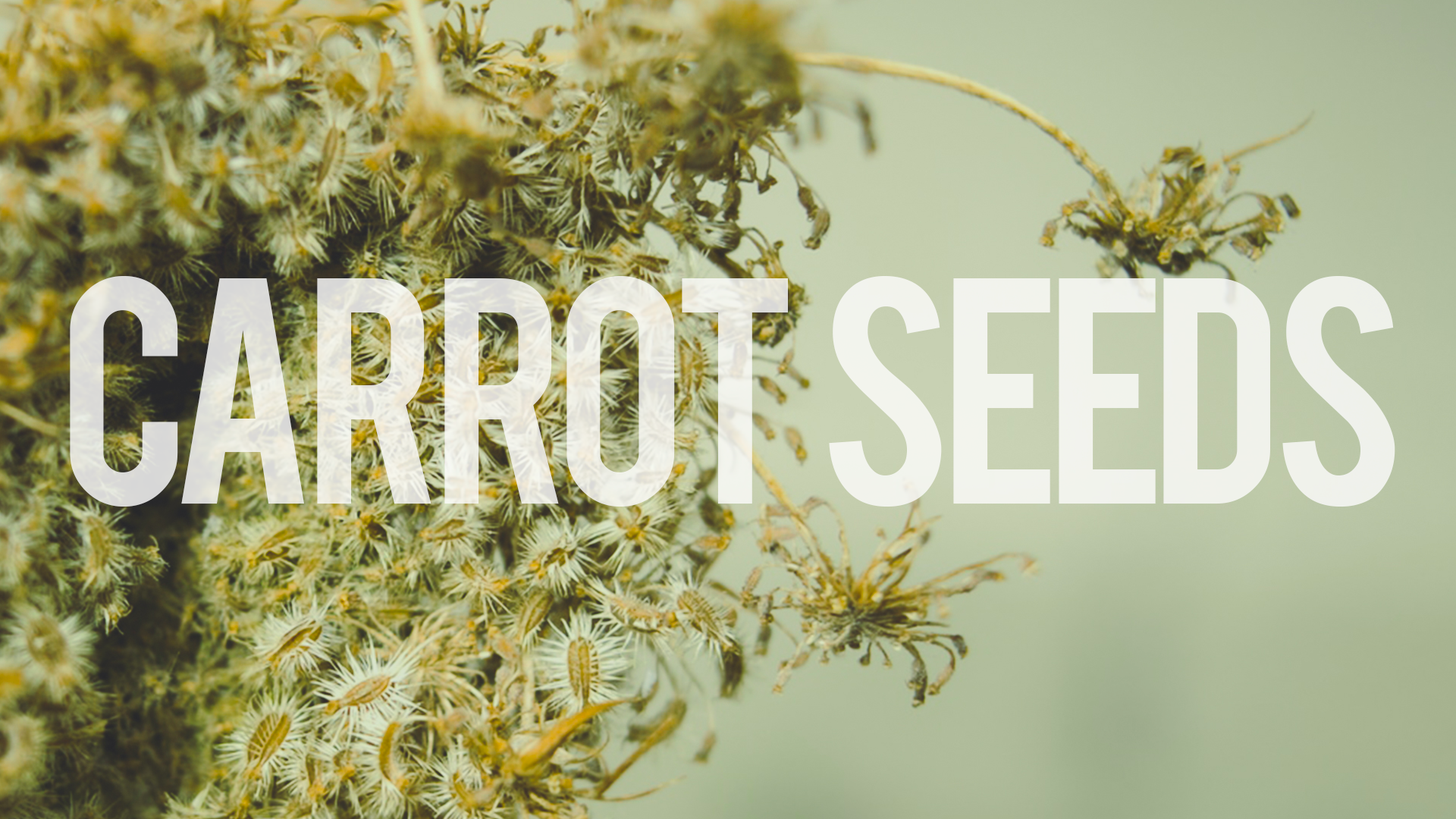CARROT SEEDS OIL
what is CARROT SEEDS ?
Natural ingredient for perfumery overview
Botanical Name: Daucus Carota
Carrot Seed Oil is a yellow or amber-colored to pale orange-brown liquid of peculiar dry- woody, somewhat root-like, earthy odor. The initial notes are sweet and fresh, but the tenacious undertone and tryout are very heavy, earthy, fatty, and oily with a light spicy note.
The oil could be produced in amounts of several metric tons per year in France alone should the demand continue to increase. Its low price and great power make it useful and economical in a great variety of perfumes and flavors.
— Perfume and Flavor Materials of Natural Origin — S. Arctander (1961)
Olfactive description
Powdery, roots, earthy, woody, and fresh. camphor, a little bit green, spicy, seeds, fruity apricot.
Specific character: Powdery
Flavor Profile
The flavor is warm spicy, slightly biting at high percentages., but still sweet and piquant. The suggested use level is 0.10 to 0.20 mg% and the Minimum Perceptibrle is 0.02 to 0.04 mg%.
Where it grows
Grows in France 🇫🇷
Method of extraction
Carrot seed oil is extracted from the dried seeds through steam distillation, which is most commonly used due to its ability to excellently preserve valuable nutrients. The carrot seeds produce the most essential oil, but other parts of the plant can be used as well. In some cases, the dried seeds are crushed before going through steam distillation.
This oil is steam distilled from the dried seed (fruit) of the common carrot, Daucus Carota. Production of the essential oil is almost entirely concentrated in France, although Holland and Hungary produce minor quantities. In France, it is customary to crush the seed prior to distillation, but not all distillers do so. Like celery seed, carrot seed can be distilled without crushing, and this will minimize the carry-over of odorless fixed oil (palmitic acid, etc.) in the distillate. The superannuated seed which has lost its germinating power can also be used for distillation. This makes the distillation more economical.
— Perfume and Flavor Materials of Natural Origin — S. Arctander (1961)
Uses
Good combination with cedar woods and useful in fruits. I find it very interesting with Iris or Irone alpha.
Carrot seed oil can serve as floral reinforcement, earthy addition, aromatic accent and it’s more commonly used as a complementary ingredient, rather than the main focus of a fragrance. It's often used to reinforce violet, mimosa, or iris.
The oil is used in France quite extensively for culinary purposes, e.g. in spice blends, seasonings, etc., and also in alcoholic beverages. In France and other countries, Carrot Seed Oil is used in perfumery for its fatty-woody notes which blend well with chypres, citrus oils, costus oil, cassie and mimosa, fougeres, geranium oils, ionones and methyl ionones, cedarwood derivatives, etc. Many Oriental perfume types, modern aldehydic or fantasy type perfumes, etc. contain traces of carrot seed oil. For certain artificial essential oils, Carrot Seed Oil lends unique and indispensable notes.
— Perfume and Flavor Materials of Natural Origin — S. Arctander (1961)
Appearance
It is a pale yellow liquid.
Chemistry
The oil contains large amounts of terpenes, particularly monoterpenes, but the characteristic odor and flavor are probably due to certain components related to those found in calamus oil and to certain materials with ionones- like odor.
The major components are Carotol (25 to 80%), Geraniol, Geranyl Acetate, Pinene Alpha, and Sabinene.
Impact
Impacts in the top note.
Adulteration
Carrot Seed Oil is occasionally adulterated with d-limonene (although it should be l-limonene) or with oil from siftings, etc.
— Perfume and Flavor Materials of Natural Origin — S. Arctander (1961)
